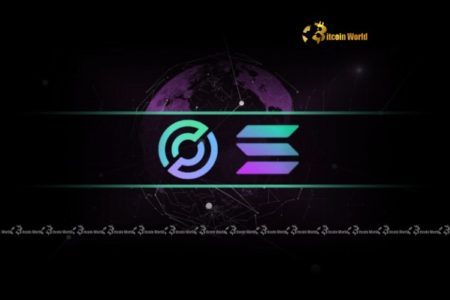A new report from Flashbots has warned that Maximum Extractable Value (MEV) is quietly becoming one of the biggest roadblocks to blockchain scaling.
According to the research, rampant “spam auctions” driven by MEV searchers are systematically consuming most of the new capacity on high-throughput chains like Solana and Ethereum Layer-2s (L2s), neutralizing scaling gains and driving up user fees.
The Scale of MEV-Induced Waste
MEV, the extra profit miners or bots can extract by reordering transactions, has long been controversial. But Flashbots’ latest deep dive shows that the problem has escalated from an ethical debate to a measurable drag on blockchain performance.
Analyzing data from OP-Stack rollups like Base and Optimism mainnet, alongside findings from Solana, the Flashbots survey showed how high-frequency arbitrage bots flood networks with countless speculative transactions in search of quick profits.
According to researcher Bert Miller, bots on Solana use about 40% of its blockspace while contributing a mere 7% of total fees. Meanwhile, on Ethereum L2s like Base and OP mainnet, spam bots reportedly eat up more than half of the available gas but pay a fraction of the costs compared to legitimate users.
Miller shared one stark example on X: Between November 2024 and February 2025, Base boosted its throughput by 11 million gas per second, roughly the same as three Ethereum mainnets, only to see pretty much all of it absorbed by spam bots.
He stressed that the core issue lies in how the bots operate. Usually, private mempools, designed to shield their users from frontrunning, leave MEV searchers blind to real-time order flows. Therefore, to stay competitive, these bots tend to deploy complex transactions on-chain to probe for arbitrage, resulting in mountains of wasted computation when no profit exists.
Miller noted that one successful two-hop arbitrage may cost as much as 132 million gas in failed attempts, which is about the size of four Ethereum blocks per win.
According to him, this dynamic means that while blockchains can technically expand throughput, MEV spam creates an economic ceiling that makes raw ramping up inefficient and costly for everyone else. The Flashbots thesis called this the “dominant limit to scaling blockchains” and proposed overhauling how networks handle transaction ordering.
Path to Economic Efficiency
The research organization’s suggested fix combines “programmable privacy,” which gives searchers enough visibility to avoid spam while shielding users from predatory strategies, with explicit bidding for transaction priority. This way, it believes competition will shift from brute-force spamming to transparent, price-based auctions.
In another X post, Miller revealed that some early experiments, like using Trusted Execution Environments (TEEs) to enforce bot behavior, are already live. Last year, his compatriot Angela Lu announced that Flashbots had run tests, where they embedded a bot inside a secure enclave, letting it capture arbitrage opportunities trustlessly while preventing malicious tactics like sandwich attacks.
Only recently, former Binance CEO Changpeng Zhao floated the idea of dark pools using zero-knowledge proof to counter the MEV menace in the decentralized finance (DeFi) space. Furthermore, last year, blockchain oracle provider Chainlink introduced a solution dubbed Smart Value Recapture (SVR) that would enable DeFi apps to reclaim “non-toxic” MEV.
If refined, innovations like these could hopefully transform MEV from a hidden drain into a source of sustainable revenue for chains, while lowering fees for everyday users.
Read the full article here









